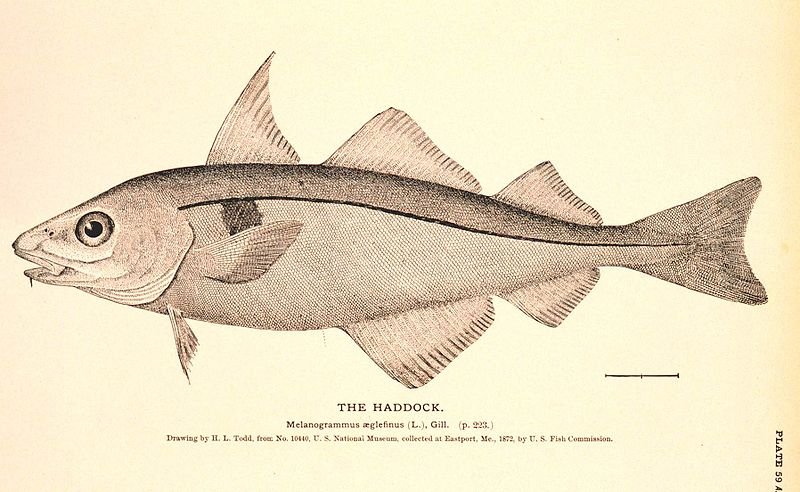|
TRANSLATIONS
This year is Darwin's year. The survival of the fittest can be applied as a model for what ideas will survive in the djungle of my mind. It can also be applied for explaining which words survive and which succumb to more fitting ones, a process which always has rinsed and cleared the minds of man, because consciousness is built on language. Captain Shaddock gave his name to the shaddock fruit, and this fact has been gnawing in my mind ever since I learned about it. There must be some good explanation for why this stupid name has survived, I thought, and of my two associations 'haddock' and 'shadow' I was leaning towards 'shadow' as a possible explanation - i.e. beyond midsummer the 'shadow fruit' (similar to poporo) arrives. But how many could have thought thus? What does it take for words to survive? Is there a rule of majority at work, or is there a minority of leading souls who determine which words will remain? The roundness of vai is in contrast to the straight male standing up tu of the rising sun (or moon) season. When at midsummer (or full moon) the 'bamboo' is broken and when we look at the end of the staff we can see the round perimeter inside of which the fluid is dwelling: An idea or word must fit in the pattern around or it will have no chance of survival. The Mamari glyph at full moon is Ca7-24, with numbers reverberate in the spider's net of ideas. If I am right, then 7-24 will be found in the other rongorongo texts too, in their correct places. In G, for instance, we have:
Hua poporo arrives beyond Ga7-24. The rising (tu) season ends before Ga7-24. Instead of a vertical arrangement of three 'balls' (exactly as in Nga Kope Ririva 16 glyphs earlier) there will come a single great droplet. And in Ga7-18 we recognize an arrangement similar to that in Akahanga according to Tahua:
Double holes in three glyphs following Ga7-24 could be associated with Tehetu'upú (February), when rising sun is being drenched in rains. Viri in Ga7-1 resembles in general form and location the old bent-over and pushed aside '4th viri' in Tahua:
Whereas Ga7-24 has been located (at least tentatively) in Nga Kope Ririva, Aa7-24 is located 5 glyphs before the end of Te Pei (at Aa7-28):
The exceptional Aa7-24 has lost its left side (its past), and in Aa7-20 also the left moon crescent has vanished (and the right side of the 'head' is concave). The beginning of Te Pou (at Aa7-29) has a droplet (or canoe) below its elbow and in Aa7-35 the double holes have nearly vanished. In this morning's newspaper I was surprised by the coincidence of finding an important piece of the puzzle. A standing column about the meanings of words today had chosen as its subject the name of a fish, 'kolja' in Swedish. I translate: "... The word kolja is connected with how the fish looks. Along its side runs a black line, and on each side close to the dorsal fin there is a large black spot. And these black spots we have apparently associated with coals [kol in Swedish]. The word can probably be derived from kolugr, black as coal." I can therefore translate Pe'i with the Swedish kolja. Both fishes signify darkness. If I then translate kolja into English we - amazingly - arrive at 'haddock', and the cycle is closed. The name shaddock has survived because it resembles haddock - and the connection between a great juicy fruit and darkness must once have been evident for most people. Maybe it still is.
|



























